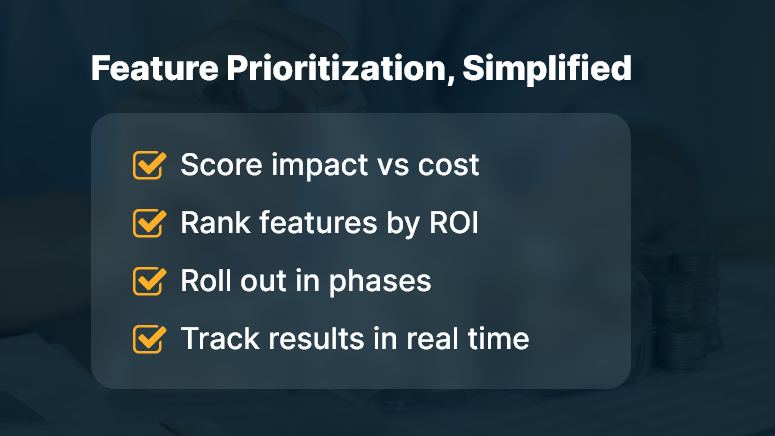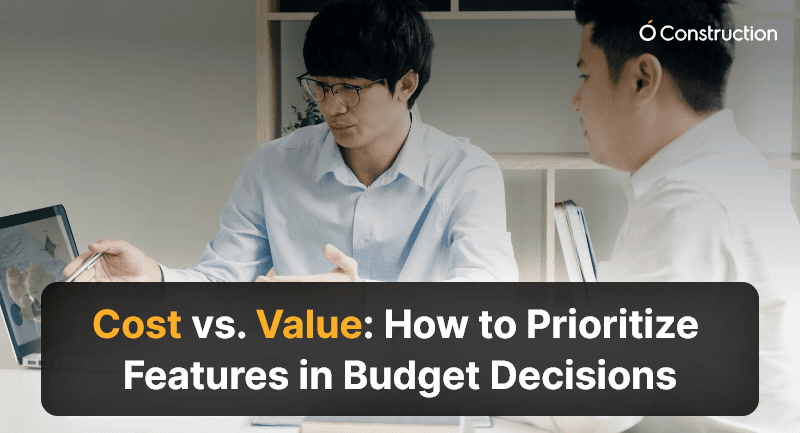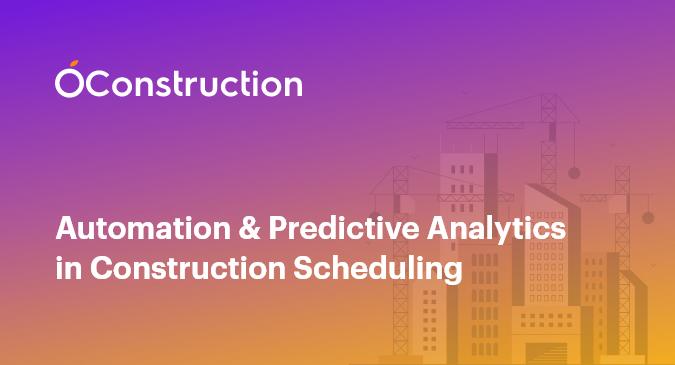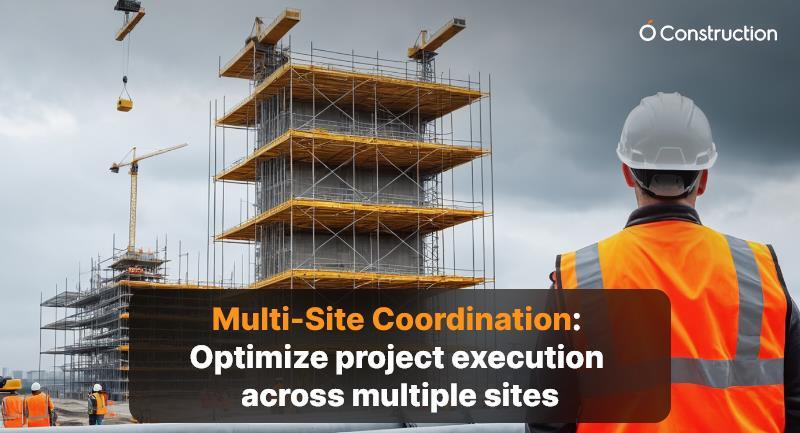Every construction budget faces a tough question: Which features add value versus which drain resources? A staggering 58% of construction projects exceed budgets, often because teams pick features based on price alone, not ROI.
In this post on prioritising features by value, you’ll learn why focusing solely on cost can backfire, how to assess feature impact effectively, and how integrated platforms like OConstruction help you make smarter budgeting decisions — without cutting corners.
Business Relevance: Cost vs Value in Construction
Choosing features by price tends to reduce quality, lead to maintenance headaches, and diminish user satisfaction. But strategically prioritizing features by value delivers long-term operational efficiency and client trust.
Consider these scenarios:
- A developer chooses cheap HVAC units to save money, ending up paying double in upkeep and unhappy tenants.
- A contractor opts out of safety monitoring dashboards to save costs, risking compliance violations or workplace incidents.
- A commercial firm skips mobile reporting features to cut tool costs — only to lose efficiency in field data capture and decision lag.
By focusing on value, construction leaders ensure that dollars spent deliver measurable returns.

Best Practices & Actionable Strategies
1. Do a Weighted Cost–Benefit Analysis
- Score features on impact (efficiency, compliance, client satisfaction) versus cost.
- Use a simple rubric (score 1–5) to rate ROI potential for each feature.
- Prioritize high-impact features even if they have higher upfront costs.
2. Categorize Features into Tiers
- Tier 1: Must-have — required for compliance or project success
- Tier 2: Value-add — improves efficiency or client experience
- Tier 3: Nice-to-have — optional, minimal impact
- This helps teams align on what’s critical versus discretionary based on client or internal needs.
3. Use OConstruction’s ROI Dashboard
- Track feature usage metrics, cost savings, and time saved in real time.
- Link modules like mobile field logging, scheduling, or document control directly to ROI metrics.
- Visualize spend vs. benefit in the same dashboard to guide future budgeting.
4. Review and Validate with Stakeholders
- Include field crews, finance, and project leads in scoring sessions.
- Validate assumptions like labor savings from a digital form or rework reduction from better templates.
- Update cost-benefit models monthly as real data arrives.
5. Phase Feature Rollouts Strategically
- Introduce features in phases — deploy Tier 1 first, then Tier 2, etc.
- Monitor ROI after each rollout phase using analytics.
- Adjust deployment plans based on real value delivered versus expected.
Customer Case Study
For example, DeltaBuild Constructions, a large commercial builder, used OConstruction to prioritize features by value rather than cost. They enabled mobile field reports and procurement automation first — despite higher cost — because these delivered major efficiency gains.
Result?
- Reduced site rework by 28%
- Cut invoice processing time by 45%
- Achieved ROI within just two months
Here’s how: They scored features on impact, set a phased rollout, and tracked ROI continuously via dashboards.
Key Takeaways & Closing
Prioritizing features by value — not cost — keeps your projects both budget-conscious and high-performing.
- Value-focused budgeting avoids false savings and supports long-term returns.
- Use structured cost-benefit tools and stakeholder input to guide decisions.
- Monitor ROI dynamically — adjust plans if expected impact doesn’t materialize.
Implementing a platform like OConstruction ties feature ROI directly to project outcomes.
By focusing on value-first feature selection, you ensure budgets deliver real results — not just cost reductions.



